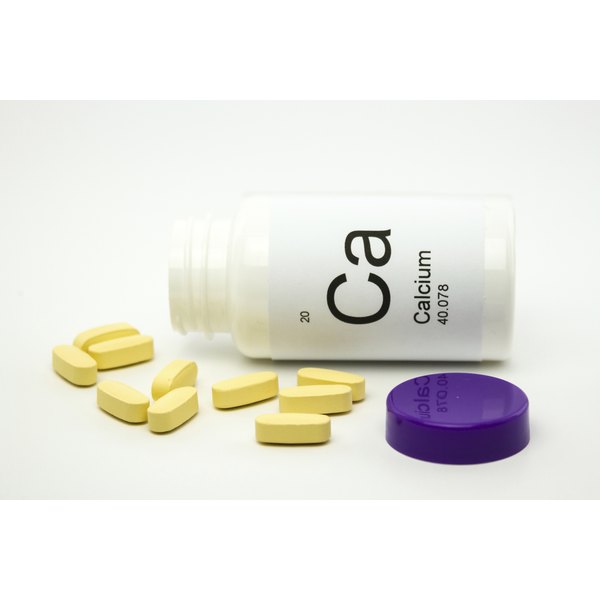

The resulting fracture may lead to loss of mobility and independence, with 25% requiring long term care ( NAMS 2006).

As deterioration of bone tissue mounts and disruption of bone architecture occurs, the bone becomes so weak that a relatively minor bump or fall causes a fracture or vertebrae to collapse. Since bone loss occurs without symptoms, osteoporosis is often considered a ‘silent disease’. This cost is comparable to the Medicare expense for coronary heart disease ($11.6 billion) ( Thom et al 2006). It is estimated that the national direct care costs for osteoporotic fractures is US$12.2 to 17.9 billion per year in 2002 dollars, with costs rising. In addition, 20% of those affected by osteoporosis are men with 6% of white males over the age of 50 suffering a hip fracture. The US Surgeon General estimates that one out of every two women over the age of 50 will have an osteoporosis-related fracture in their lifetime. As the population ages, this number will probably increase. There are approximately 1.5 million osteoporotic fractures per year reported in women and men in the US, including over 300,000 hip fractures. The risk of fracture from osteoporosis increases with age. An additional 34 million have reduced bone mass, called osteopenia, which puts them at higher risk for fractures later in life ( USDH 2004). Risk for osteoporosis has been reported in people of all ethnic backgrounds. It is estimated that over 10 million Americans over the age of 50 have osteoporosis. This disease is characterized by bone fragility and an increased susceptibility to fractures, especially of the spine and hip, although any bone can be affected. The skeletal disease of bone thinning and compromised bone strength, osteoporosis, continues to be a major public health issue as the population ages.

This manuscript reviews relevant data related to calcium and vitamin D use for patients at risk for fracture due to bone loss. A ‘bricks and mortar’ analogy is often helpful when counseling patients and this analogy will be explained. When pharmacologic therapy is advised, continued use of calcium and vitamin D is recommended for optimal fracture risk reduction. A recently released algorithm (FRAX) estimating absolute fracture risk allows the health care provider to decide when pharmacologic therapy is warranted in addition to calcium and vitamin D. Compliance to calcium and vitamin D therapy is paramount for effective prevention of osteoporotic fractures. Dietary intake or supplementation with calcium and vitamin D will be reviewed, including recent recommendations for increased vitamin D intake. In addition, the optimal standard of care for osteoporosis should encompass adequate calcium and vitamin D intake. Calcium and vitamin D utilization in the optimization of bone health is often overlooked by patients and health care providers. Osteoporosis poses a significant public health issue, causing significant morbidity and mortality.


 0 kommentar(er)
0 kommentar(er)
